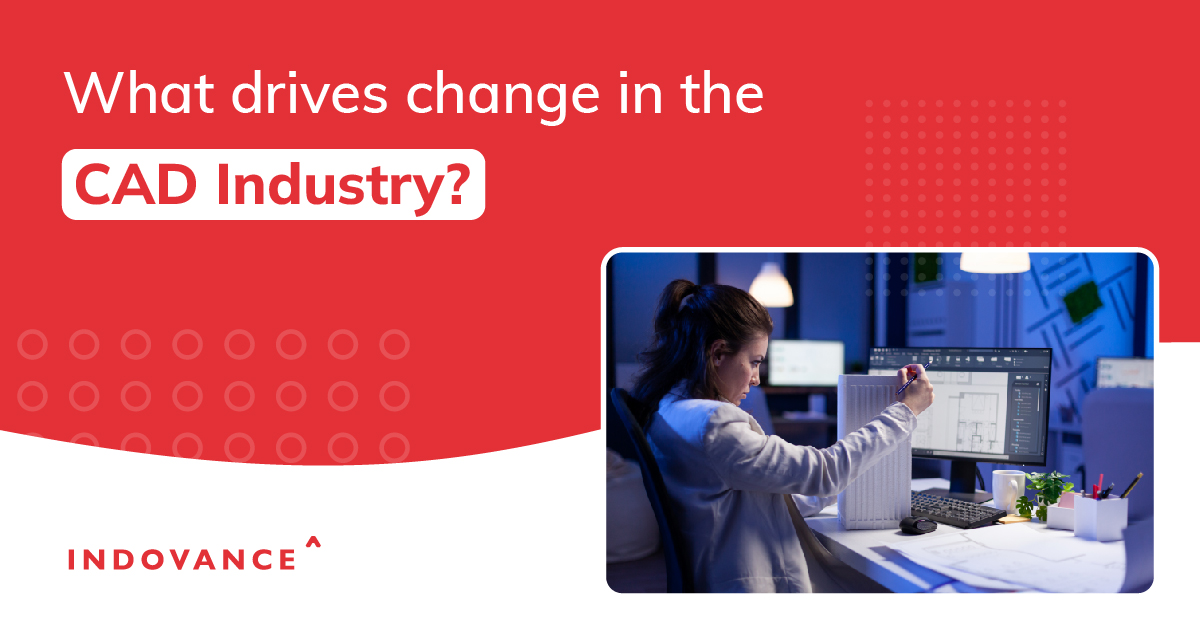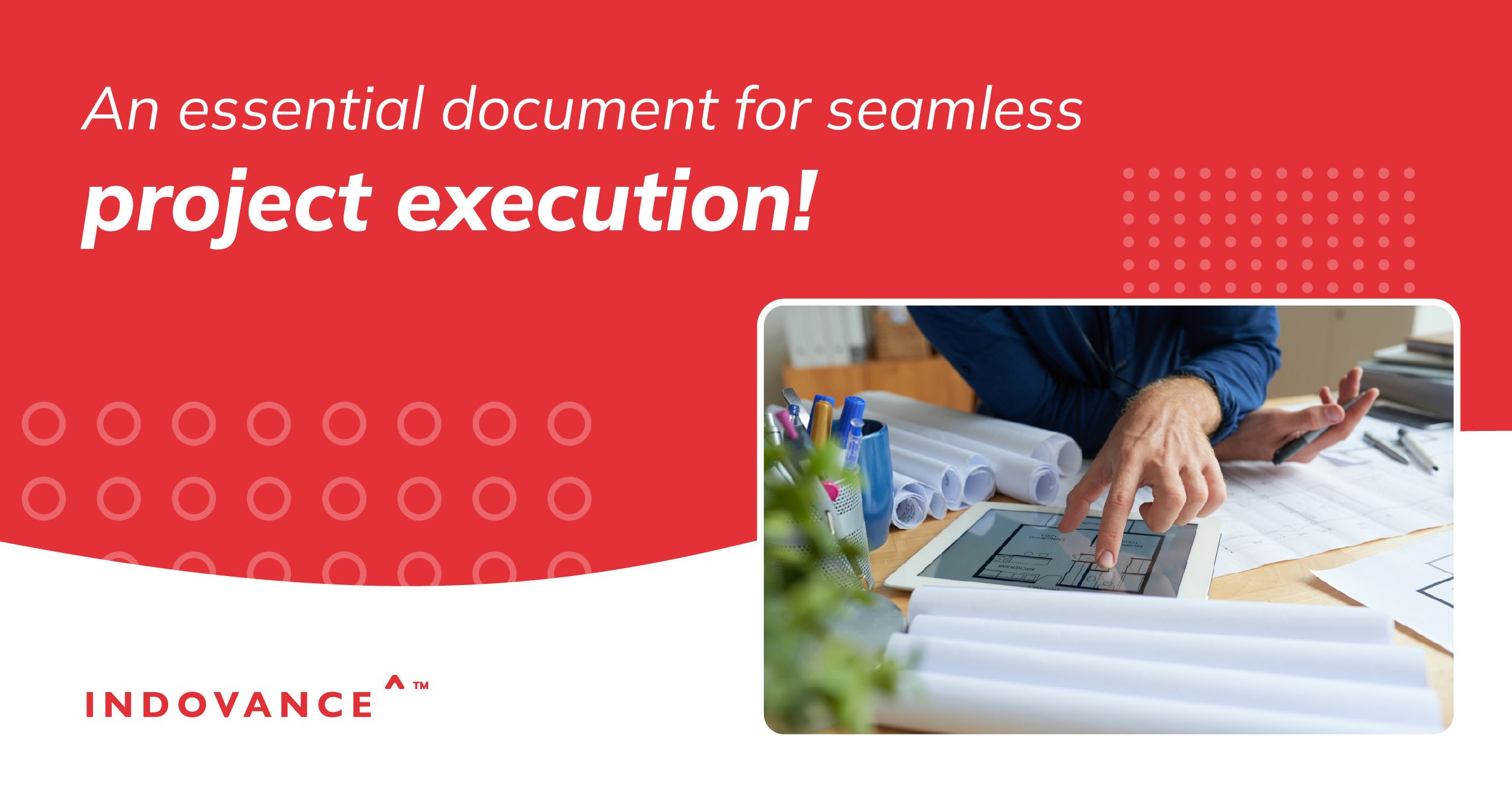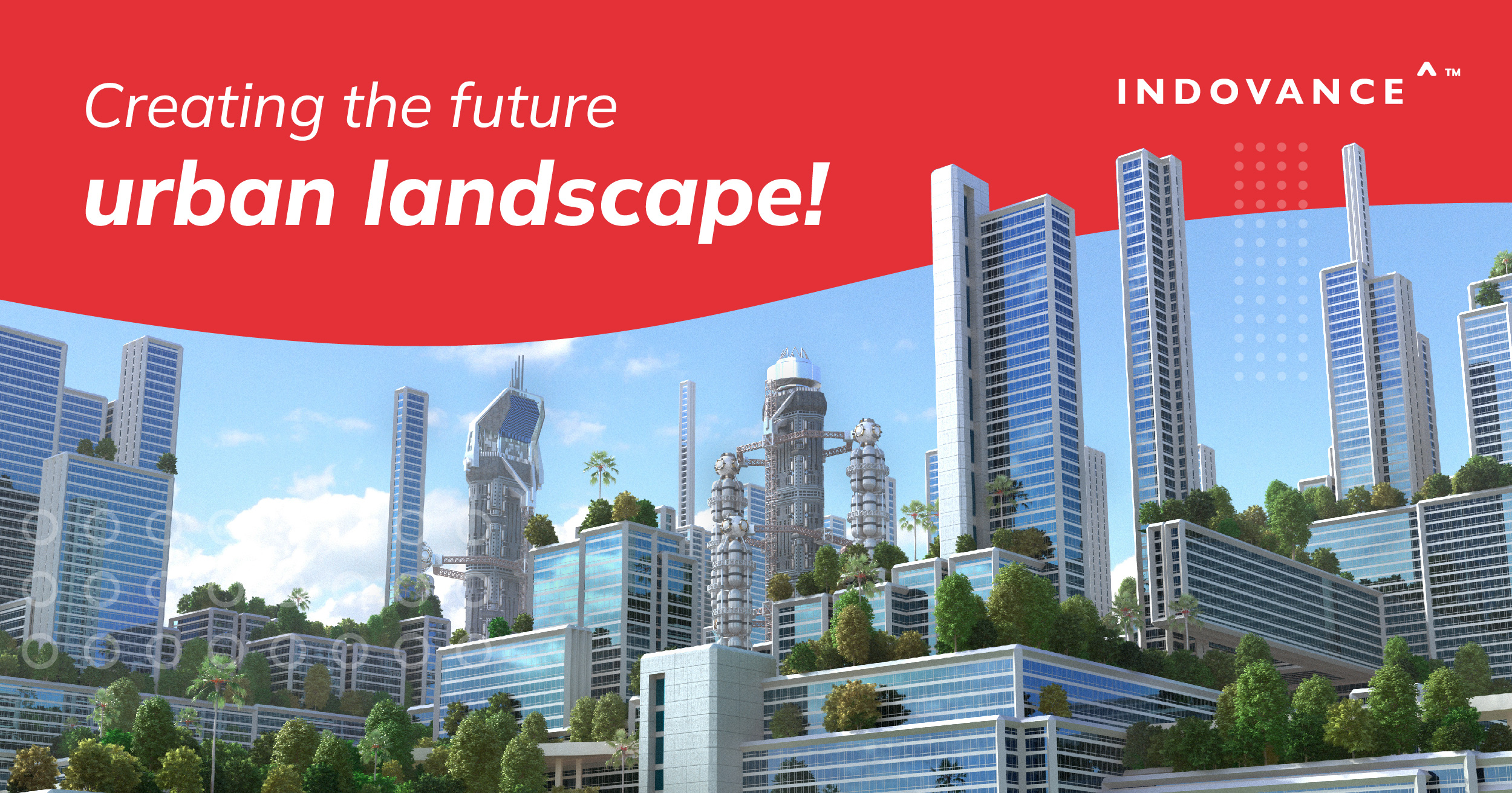It was the 1960s when tedious and manual design processes evolved, and CAD (Computer Aided Design) was born. The following years witnessed a huge advancement in computer technology in terms of software and hardware capabilities.
CAD design has tremendously progressed in the last few decades, we saw 2D graphics evolving into 3D CAD systems, the emergence of cloud technologies, BIM, AR/VR, and drones, and now 2023 being the breakout year for AI (Artificial Intelligence) & ML (Machine Learning).
If we do the math, we can quite easily determine that Technology and Innovation are directly proportional to the Growth and Evolution of the CAD Industry. But wait until you peel the layers off.
The CAD industry comes with a lot of caveats. Let’s unfold what truly drives change in the CAD industry.
Change is Constant in Construction but happens Slowly
The global construction industry is constantly evolving, and the marketplace is becoming increasingly competitive day by day. The construction industry has seen a lot of ups and downs in the last couple of years due to the high global inflation.
Surprisingly, the biggest challenge hampering Change in the CAD industry is the resistance to change. The perception of modern CAD technologies as ‘good to have’ rather than a ‘must have’ demonstrates the classical human tendency of resisting Change.
The cost associated with these modern technologies coupled with the challenges of overcoming the learning curve also makes the adoption of these CAD tools difficult.
Then arises the problem of the current workforce which does not wish to part ways with their old style of work and is finding it difficult to adjust to the changes that the CAD industry is witnessing.
In today’s competitive, highly volatile, and unpredictable markets, hiring a skilled resource in CAD tools is increasingly becoming costly, while training someone is equally challenging.
Businesses are finding investing, adopting, adapting, and sustaining a new CAD technology a tough choice for all these reasons.
All the factors combined make the Construction Engineering Industry a bit slow in adopting and adopting technological advancements.
What Drives the CAD Evolution?
The world of computer-aided design (CAD) is constantly evolving, with new technologies and innovations transforming the way architects, engineers, and designers create and communicate their ideas. But what drives this change? Is it simply the result of technological progress, or are there other factors at play?
- Globalization – Firstly, globalization and the rise of the digital economy have had a profound impact on the CAD industry. With remote work becoming more common and collaboration happening across borders and time zones, designers and engineers must be able to work seamlessly with colleagues and clients from around the world. This has led to the development of cloud-based CAD software and other tools that enable real-time collaboration and remote access.
- The AEC Industry – One major driver of change in the CAD industry is the construction and AEC (architecture, engineering, and construction) industry as a whole. As new materials and building techniques emerge, designers and engineers must adapt their software and workflows to accommodate these changes. For example, the rise of sustainable building practices has led to a greater emphasis on energy efficiency and environmental sustainability in CAD software.
- Clients/End-Users – Another important factor is the changing demands of clients and end-users. As consumers become more tech-savvy and demand more personalized products and experiences, designers must adapt their software and techniques to meet these expectations. This includes everything from virtual reality and augmented reality tools for visualization to advanced customization features that allow users to tailor their designs to their specific needs.
- Innovation – Perhaps the most significant driver of change in the CAD industry is innovation itself. With each new breakthrough in technology, from artificial intelligence and machine learning to 3D printing and robotics, designers and engineers are able to push the boundaries of what is possible in CAD. And as these technologies become more advanced and accessible, we can expect to see even more rapid and profound changes in the industry in the years to come.
- Data-Driven Analytics – Another driver of change in the CAD industry is the increasing use of data and analytics. As more and more businesses adopt data-driven decision-making, designers, and engineers must be able to collect and analyze data about their designs, from energy efficiency and sustainability to user behavior and preferences. This has led to the development of CAD software that incorporates data analytics and visualization tools, allowing designers to make more informed decisions about their designs.
- Societal Trends – Finally, the CAD industry is also being shaped by broader societal trends, such as the increasing focus on diversity, equity, and inclusion. As more women and underrepresented groups enter the field, there is a growing recognition of the need for more inclusive design practices and tools. This has led to the development of CAD software that incorporates accessibility features and other tools to help ensure that designs are inclusive and accessible to all.
All of these drivers of change are important to consider when looking at the future of the CAD industry. While it’s impossible to predict exactly what the future will hold, it’s clear that the industry will continue to evolve and adapt in response to technological, economic, and societal trends. Whether you’re a designer, engineer, or simply someone interested in the power of technology to transform our world, it’s an exciting time to be part of the CAD industry.
Most Commonly Used 3D CAD Software File Types
The CAD Challenges
While the CAD industry is constantly evolving and innovating, there are still several challenges that designers and engineers must contend with. Here are a few of the most significant challenges facing the CAD industry today:
- Integration with other Software and Systems – With so many different software tools and systems used throughout the design and construction process, one of the biggest challenges facing the CAD industry is integration. Designers and engineers must be able to seamlessly move between different tools and software platforms to ensure that their designs are accurate, consistent, and complete.
- Security and Privacy – As more and more data is collected and shared through CAD software, there is a growing need for robust security and privacy protections. Designers and engineers must ensure that their designs and data are protected from theft, cyberattacks, and other security threats.
- Training and Education – As CAD software becomes more complex and advanced, there is a growing need for designers and engineers to receive ongoing training and education to stay up to date with the latest tools and techniques. This can be a significant challenge, particularly for smaller businesses or individual designers who may not have access to the resources and support they need.
- Cost and Accessibility – While CAD software has become more accessible and affordable in recent years, it can still be prohibitively expensive for many businesses and individuals. This can limit access to the tools and resources needed to create high-quality designs, particularly for those working in developing countries or in underserved communities.
- Standards and Interoperability – With so many different CAD software tools and systems in use, there is a growing need for standardization and interoperability to ensure that designs can be easily shared and used across different platforms. This can be a significant challenge, particularly as new tools and software platforms are developed and introduced.
While these challenges can be daunting, they also present opportunities for innovation and growth in the CAD industry. By working to address these challenges, designers and engineers can help to drive continued progress and innovation in this exciting field.
So, what does all this mean for the future of CAD?
One thing is clear: the industry will continue to evolve and adapt in response to new technologies, changing demands, and emerging trends. Whether you’re a designer, engineer, or simply someone who appreciates the power of technology to transform our world, there has never been a more exciting time to be a part of the CAD industry.
Follow Indovance Inc for AEC Industry Updates and Global Construction News.
About Indovance
Indovance Inc with its exclusive delivery hub in India is a global CAD technology partner serving the needs of the AEC industry since 2003. We focus on the unique need of each project or client and believe in addressing the real challenges and guarantee that the process will be well-coordinated, smooth, efficient, and hassle-free.
We collaborate with our customers around the world to develop bespoke business solutions using our enormous engineering talent pool and state-of-the-art technology. To deliver long-term engineering and business strategies, we align with your culture and processes to create an unbreakable partnership. With over 700 full-time employees and more than 500 customers in the US, Europe, Canada, and Australia, we are poised for the next level of success.
Indovance acts as a catalyst, Empowering You for positive change and supporting you to Do More.
For more queries regarding any of the above-mentioned topics, feel free to connect with us on our website www.indovance.com, or contact us on +1-919-238-4044.






